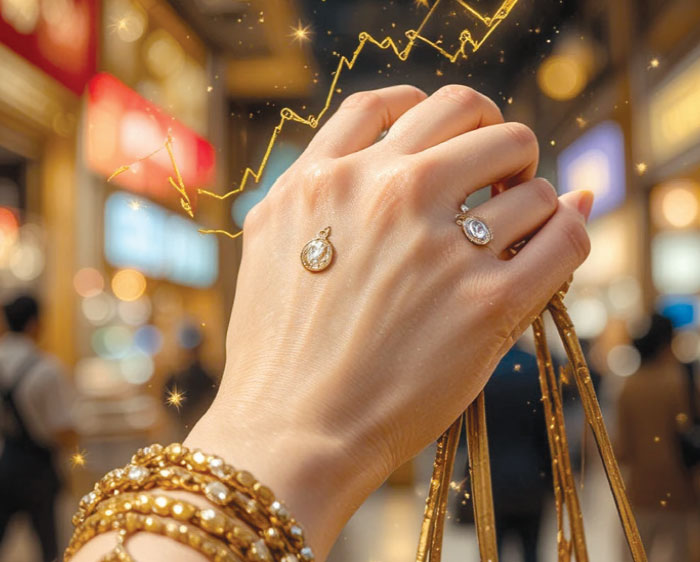Blitz Bureau
NEW DELHI: The onset of the festive and wedding season in India invariably triggers a surge in consumer spending, particularly in metals, jewellery, and luxury goods. This year, however, the landscape is shaped not only by tradition but also by the broader macroeconomic environment — rising inflation, volatile commodity prices, and evolving consumer preferences.
Corporates and retailers are navigating a unique combination of age-old buying patterns and modern economic realities, creating both opportunities and challenges for business strategy.
Silver and gold, long synonymous with Indian celebrations, are witnessing renewed demand. With silver touching ₹1,48,900 per kilogram and 24-carat gold hovering around ₹1,18,000 per 10 gram in recent weeks, the festive rush is occurring amid elevated prices. Traditionally, wedding and festive purchases of jewellery and utensils boost both retail footfall and investment in precious metals.
Yet, high prices are prompting a subtle shift in consumer behaviour. Many buyers are gravitating towards lighter jewellery designs, smaller denominations of coins, or mixed-metal products that balance tradition with affordability. Retailers report increased interest in installment-based purchase plans, making luxury and high-value items more accessible despite elevated costs.
Companies too creating new strategies for festive season
Luxury goods, too, are experiencing a nuanced transformation. Consumers in the post-inflation environment are more selective, seeking value alongside prestige. High-end fashion, watches, and accessories are increasingly purchased not just for status but for longevity and investment value.
Emerging trends indicate a growing appetite for limited-edition collections, sustainable brands, and products that combine craftsmanship with functional utility. This has prompted companies to rethink marketing strategies, emphasising exclusivity, heritage, and ethical sourcing as differentiators.
Digital channels are playing a pivotal role in this evolution, with e-commerce platforms witnessing a spike in premium segment engagement, complemented by augmented reality and virtual try-on experiences that enhance consumer confidence in high-value purchases.
For corporate strategists, the implications are significant. Metals and luxury brands must carefully calibrate inventory, pricing, and promotional strategies to align with evolving demand patterns. Bulk procurement of silver and gold may no longer be sufficient; retailers and manufacturers are increasingly exploring forward contracts, hedging strategies, and diversified supplier networks to mitigate price volatility risks.
Similarly, luxury goods companies must balance the allure of exclusivity with affordability options to capture a wider segment of aspirational consumers, without eroding brand prestige.
At the same time, analytics and consumer insights are becoming indispensable. Real-time data on buying behaviour, regional preferences, and seasonal spikes can guide production schedules, marketing campaigns, and distribution plans.
Companies that anticipate shifts — such as increased preference for lightweight jewellery, ethical sourcing, or hybrid luxury products — can gain a strategic edge in a competitive marketplace.
This festive season is not merely a cyclical surge in sales; it is a test of corporate agility in responding to economic pressures and consumer evolution. Firms that marry tradition with innovation, price sensitivity with premium experience, and offline trust with digital convenience are poised to convert seasonal opportunity into long-term loyalty and profitability.



